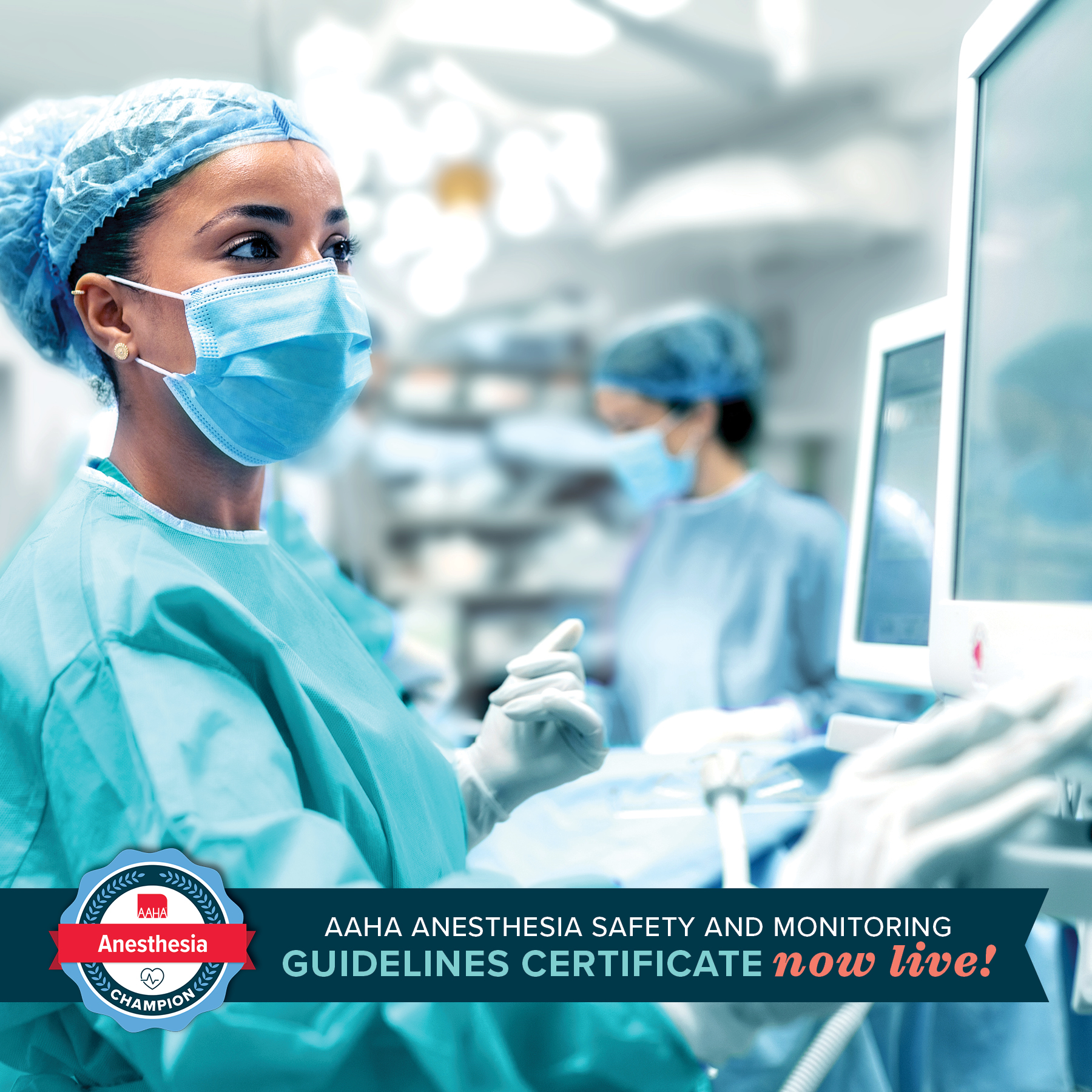Sedation
In select cases in which teeth cleaning, polishing, and extractions are not anticipated, heavy sedation may be appropriate and sufficient to collect limited baseline information. Examples include a targeted intraoral radiograph recheck and a more involved preliminary examination of the oral cavity. When making the decision to use sedation versus general anesthesia, there are three considerations:
- Protecting the patient
- Protecting personnel
- Protecting equipment
The loss of intrinsic airway protection requires us to place an endotracheal tube and serves as an operational distinction between sedation and anesthesia. The use of reversible agents, such as alpha-agonists, or boluses of induction agents, such as propofol combined with a quiet and dim environment and care to avoid stimulation, may provide sufficient chemical restraint to meet these ends.
Sedation-only procedures generate limitations including risking aspiration of fluids and aerosolized bacteria into the airways and substandard ability to monitor ventilatory capacity without a proper endotracheal tube in place. Because of the brief duration of action and efforts to minimize depth of sedation, challenges arise surrounding the ability to appropriately monitor patient hemodynamics because time and patient handling (additional stimuli) are necessary to properly affix monitoring equipment. This results in difficulties monitoring the adequacy of sedation even with well-trained and dedicated staff. Because of the absence of reaching a surgical plane of anesthesia, sedation risks self-inflicted injury from the patient’s reflexes when attempting to probe subgingivally during an oral exam and unnecessary risk for damage to equipment if bitten. Personnel health must also be considered during sedated procedures because an absence of a proper endotracheal tube while delivering inhalant gas risks human exposure to waste gas, ultrasonic scaling with inappropriate irrigation results in increased bacterial aerosolization, and abrupt patient response to stimuli risks bite injury.







